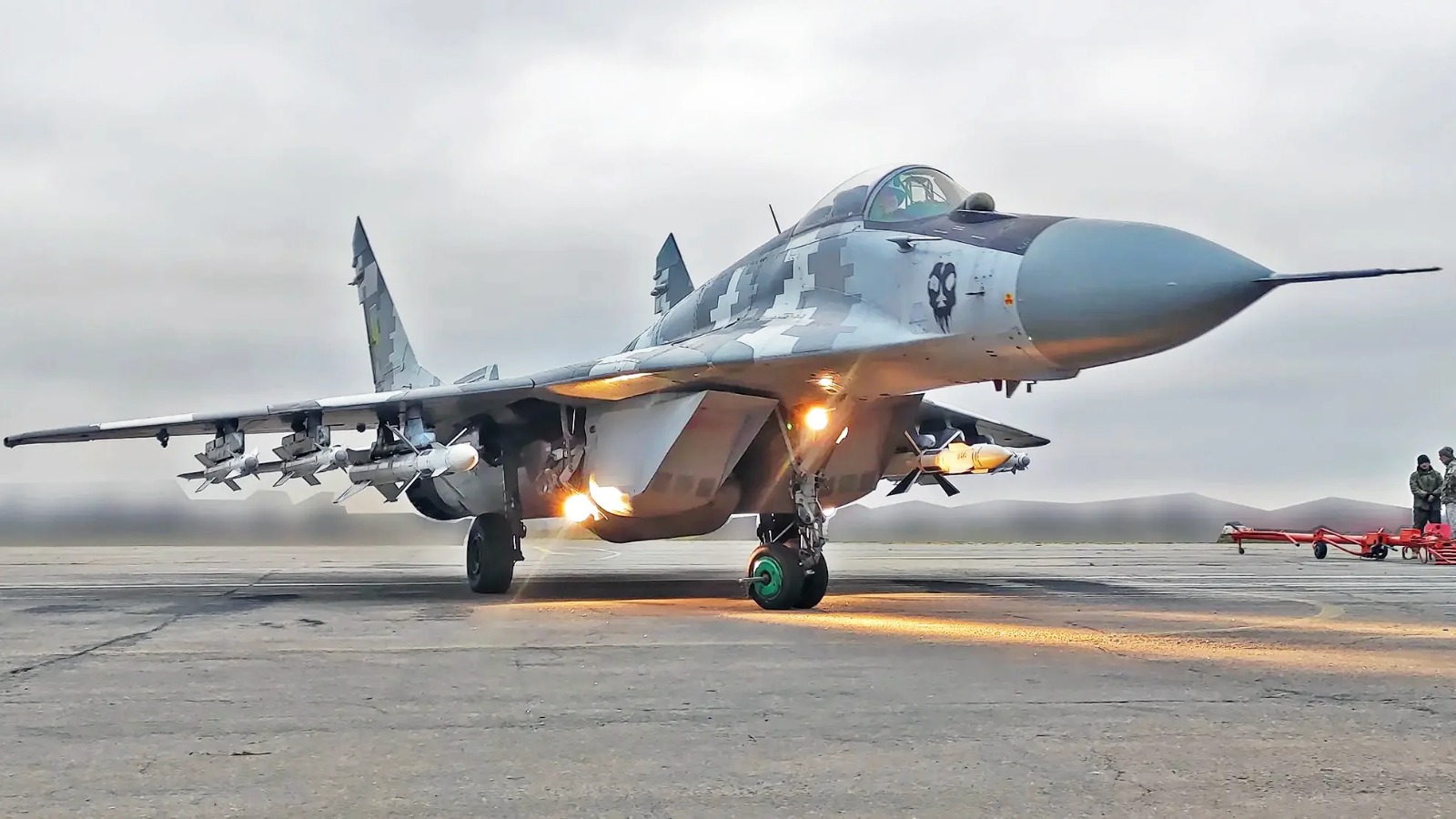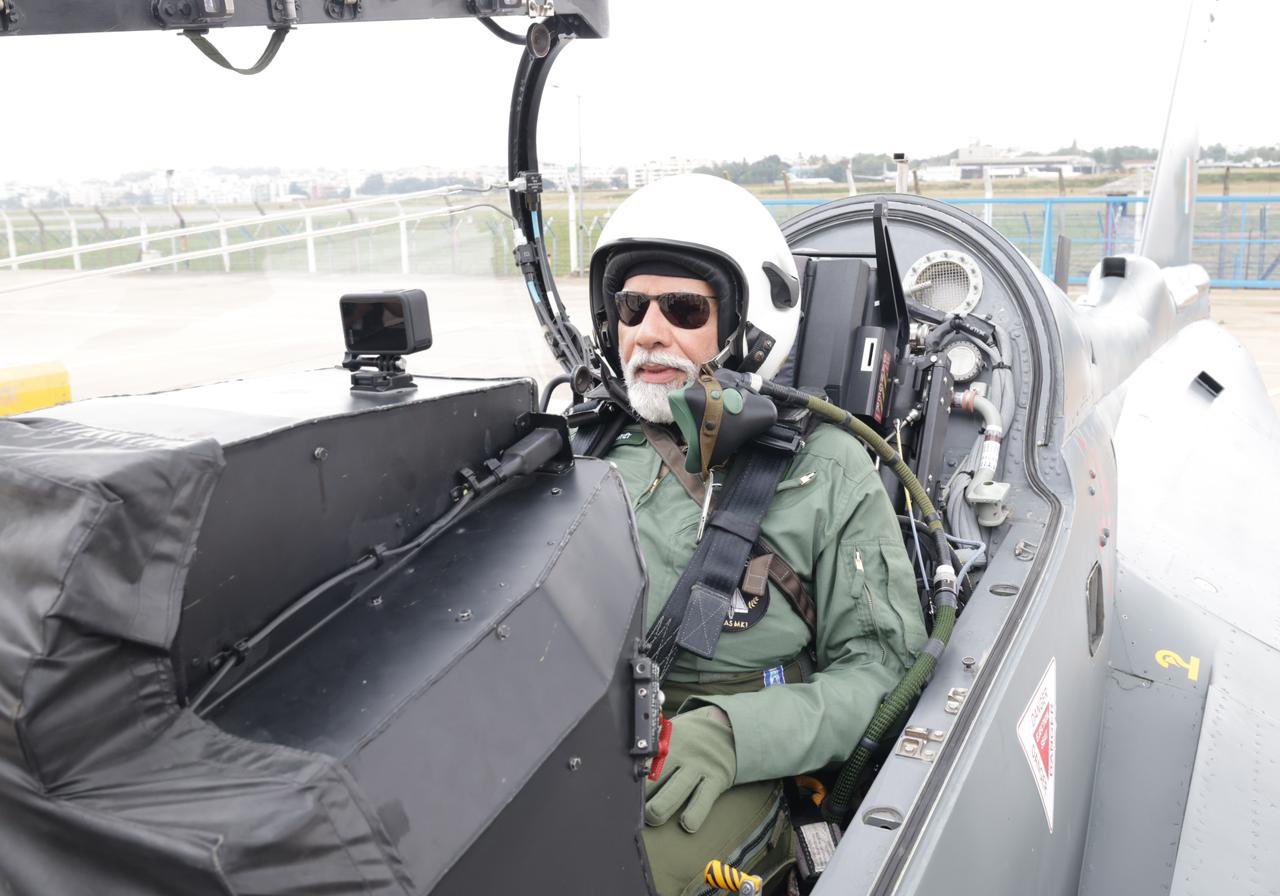OPED By Rohit Srivastava
India has found developing engines to power indigenous fighter jets challenging. However, following an agreement with Russia, it will soon be manufacturing RD-33 engines. The engines will power the Indian Air Force’s (IAF) MiG-29 fleet, increasing their residual life.
A variant of the RD-33 engines also powers the JF-17 ‘Thunder’ fighter jet, a lightweight, single-engine, multirole combat aircraft jointly developed by the Pakistan Aeronautical Complex and Chengdu Aircraft Corporation of China.
On March 1, the Indian aerospace maker Hindustan Aeronautics Limited (HAL) received a contract worth INR 5,249.72 crore ($650M) from the Ministry of Defense for the manufacturing of RD-33 engines.
The Indian Ministry of Defense said in a statement, “These aero engines will be produced by the Koraput Division of HAL. These Aero Engines are expected to fulfill the need of the Indian Air Force (IAF) to sustain the operational capability of the MiG-29 fleet for the residual service life.”
The engines will be produced within India under a transfer of technology (ToT) license from the Russian original equipment manufacturer (OEM).
“The aero-engines will be manufactured under a Transfer of Technology (TOT) license from the Russian OEM. The program will focus on the indigenization of several high-value critical components, which would help increase the indigenous content of future Repair and Overhaul (ROH) tasks of RD-33 aero-engines,” the statement added.
The HAL has been contracted to deliver over 100 Klimov RD-33 engines for the IAF’s Mikoyan-Gurevich MiG-29 fighter jets. Earlier, HAL has been assembling these engines.
The Indo-Russian cooperation in the field of aircraft engines has a long history and has been steadily moving forward.
During the last defense expo at Gandhi Nagar, the head of India’s leading defense technology firm suggested that developing an indigenous aero engine is challenging as India lacks technical know-how. He added that the private sector does not have the required capability to do so.
The lack of capability is baffling as HAL has decades of experience in manufacturing and maintaining hundreds of engines for Indian military aircraft of all types.

MiG-29 & RD-33
First ordered from the USSR in 1984, the MiG-29 joined the Indian Air Force fleet in 1987. The IAF has operated 66 MiG-29s in three squadrons. They underwent a USD 900 million mid-life upgrade to extend their service life by a decade. Post-upgrade, they were named MiG-29 UPG.
The new RD-33 engine would extend the operational life by another decade. India also operates 45 MiG-29K/KUB, the naval version in two squadrons for its aircraft carrier fleet, which is powered by RD-33MK, an improved version of RD-33.
The Engine Division, Koraput, was established in 1964 as part of the MiG Complex, which was set up for license manufacturing of the MiG-21. The first engine to be manufactured here was the R11-F2/F2S turbojet engine for MiG-21FL aircraft.
Since then, Koraput has been churning out engines powering parts of Indian fighter programs. It went on to manufacture the R25 series for MiG-21BIS aircraft and R29B for MiG27M jets. To date, the facility has manufactured over 1337 and overhauled over 7,700 engines, including R11, R25, R29B, and RD-33.
In 2005, Rosoboronexport and HAL signed a $250 million contract for manufacturing 120 RD-33/3 series at the Koraput facility. The facility started assembling RD-33 in 2007.
India-Russia Collaborating
One of the biggest Indo-Russian engine cooperation projects is the manufacturing of AL31FP, which powers the Russian twin-engine air superiority fighter Su-30MKI.
The IAF has 272 Su-30s that will be operational for another two decades. The Sukhoi engine division, Koraput, was established in 2002 to manufacture Russian United Engine Corporation’s (UEC)AL31FP. Engine production commenced in 2004, and to date, the division has manufactured 517 and overhauled more than 670 engines.
As per the October 2000 Intergovernmental agreement between Russia and India, HAL was contracted to manufacture 410 engines from 2004-17.
Since 2005, about 130 specialists from various divisions of the UEC have been sent to HAL. HAL specialists were trained and transferred experience in mastering complex metallurgical, welding, production, and assembly operations and testing the AL-31FP.
The manufacturing was to be done in five phases where the fifth phase was manufacturing from material provided by Russia. The first three phases are characterized by step-by-step license manufacturing and testing of assembly and sub-assembly.
The Stage IV manufacturing of AL31FP began with its first five deliveries in 2011. The fourth phase of manufacturing is defined by full assembly and subassembly manufacturing (except forging from the material) and testing of engine units, subunits, and modules.
In March 2017, HAL completed the manufacturing of 50 engines in phase V and UEC and entered into a long-term cooperation contract during the Russian-Indian military-industrial conference. The document defines the key aspects of the interaction between the parties in the after-sales service of aircraft engines AL-31FP, RD-33 of various series, RD-33MK, R-25-300, and R29B-300 operated by India.
In 2023, Russia reportedly offered India a new engine as part of the Su-30MKI upgrade program.
The Indian Aero-Engine
Despite HAL manufacturing a variety of cutting-edge aero engines, India is still far from realizing the dream of having an Indian-designed and developed engine to power its aircraft. In June last year, US engine major General Electric (GE) and HAL reached an agreement to produce F414 engines for Light Combat Aircraft (LCA) Mk2 Tejas.

India is working with French engine maker Safran to develop jet engines for future aircraft. On the other hand, the DRDO-developed Kaveri engine is yet to mature, and its scaled version, known as dry-Kaveri, is being developed for the Indian Unmanned Combat Aerial Vehicle ‘Ghatak.’
In April 2023, Godrej Aerospace announced winning “a contract from GTRE (Gas Turbine Research Establishment) to manufacture the 48 kN Dry Kaveri Engine’s Modules. This is a significant milestone in India’s quest for self-reliance.”
Godrej is expected to develop the engine by 2026. The six-engine manufacturing contract is to provide engines for further trials.
Way Forward
If one looks at the existing and proposed aero-engine projects, India is the only country that manufactures military jet engines from Russia, the US, the UK, and Europe. Yet India is still at least a decade away from a prototype of Indian designed and developed engine.
One can say that the import of air platforms from various sources has led to this situation, and India has failed to build upon the complete technology transfer from Russian partners.
The decision to develop homegrown fighter Tejas powered by the US engine is probably the biggest mistake. On one hand, DRDO was working with Safran on Kaveri, on the other hand LCA Tejas was designed around GE F414.
Even if the projects meet the proposed timeline, indigenizing the new engines would take at least a decade. Instead, India should have capitalized on the expertise it developed in manufacturing Russian engines.
If everything goes as planned, India will remain dependent on foreign collaborators for a long time and will have to maintain multiple production and maintenance lines from various countries.
Would the US be interested in providing India with the same level of technology transfer as Russia? Would France be interested in parting away with design data acquired over almost a century by its sole engine manufacturer, losing a big Indian market?
With three engine manufacturers and two major aircraft manufacturers, the US has a huge market, and sharing technology for contracts does not make much business sense, except they are ready to trade technology for strategic gain.
India needs to reexamine engine requirements and develop an aero engine with a single partner who has demonstrated deep technology sharing. Multiple collaborations would lead to no strategic industrial partnership. Sometimes, putting all your eggs in the same basket makes more sense.
- Rohit Srivastava is the Editor of the defense portal Indian Defence Industries.
- Views Personal




